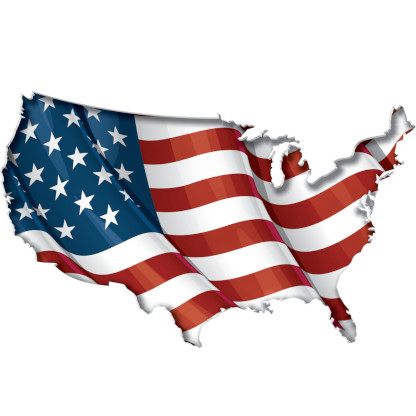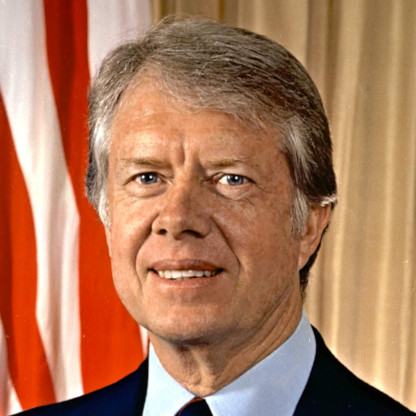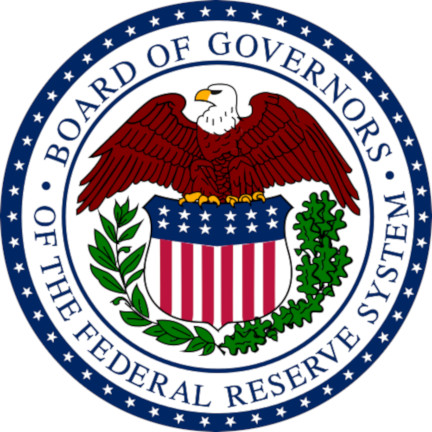Deregulation and Monetary Control Act
03/31/1980 AD decreed
The Depository Institutions Deregulation and Monetary Control Act of 1980 (often abbreviated DIDMCA or MCA) is a US financial statute that gives the Federal Reserve greater control over non-member banks:
- forces all banks to abide by the Fed's rules.
- relaxes the rules under which national banks could merge.
- removes the power of the Federal Reserve Board of Governors under the Glass–Steagall Act to use Regulation Q to set maximum interest rates for any deposit accounts other than demand deposit accounts (with a six-year phase-out).[2]
- allowes Negotiable Order of Withdrawal accounts to be offered nationwide.[2]
- raises the deposit insurance of US banks and credit unions from $40,000 to $100,000.
- allowes credit unions and savings and loans to offer checkable deposits.
- allowes institutions to charge any loan interest rates they chose.[3][4]
The act was in part a response to economic volatility and financial innovations of the 1970s that increasingly pressed the highly regulated savings and loan industry and arguably had unintended consequences that helped lead to the collapse and subsequent bailout of that financial sector. While S&Ls were freed to pay depositors higher interest rates, the institutions continued to carry large portfolios of loans paying them much lower rates of return; by 1981, 85 percent of the thrifts were losing money and the congressional response was the Garn–St Germain Depository Institutions Act of 1982.
Lattitude: 38.9072° N
Longitude: 77.0369° W
Region: North America

Modern Day United States
Subjects Who or What decreed?
-
Jimmy Carter (James Earl Carter Jr.) 39th President of the Un...
Objects To Whom or What was decreed?
-
Federal Reserve (Federal Reserve System, the Fed) The central banking syst...
Events in 1980 MORE











